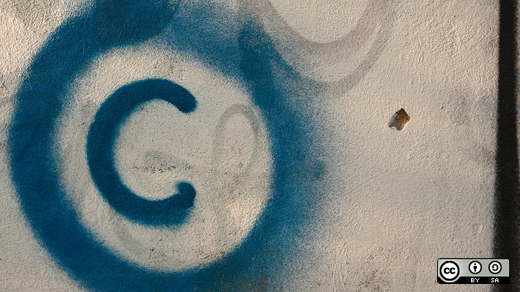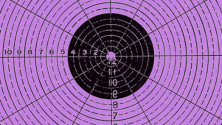We live in an age of ever-expanding copyright law. The length of time that elapses before a creative work enters the public domain is now so long that many items published early last century are still protected by copyright.
The Digital Millennium Copyright Act is regularly used to remove copyright infringing content from the Internet. In some cases the take-down is legitimate, but in other cases the DMCA is misused and things that are legitimately protected by "fair use" are taken down. Content creators can fight a take down, but doing so is usually a laborious process. Conversely, some content creators and consumers attempt to redefine or expand "fair use" to include any use they wish so they can use source materials without getting permission or complying with the law. But were things always the way they are now?
No. They were not.
How did we get to this point? To answer that question, I would like to direct you to a recent journal article by Meredith L. McGill, who is an associate professor of English at Rutgers University. McGill's article entitled "Copyright and Intellectual Property: The State of the Disciple" was published in the latest volume of the academic journal Book History, the professional journal of The Society for the History of Authorship, Reading and Publishing. The article is an overview of existing scholarship about the history of copyright and intellectual property. Despite the fact that it is a meta-history written for a specialized audience (scholars of book history), McGill's article serves as an excellent introduction for any reader to the changes that have taken place in copyright laws over the past few centuries.
The first major section, "Copyright, Author's Rights, and the History of the Book," highlights the origin and development of both copyright law and authors' rights by examining the scholarly literature on these topics. Perhaps the key point to note is that copyright did not emerge at the same time as the introduction of printing. Copyright law as we know it began in the eighteen century with the British Statute of Anne (1710). Also worth noting is just how recently U.S. copyright law has changed into its current form. It is has only been a few decades since the U.S. Copyright Act of 1976 altered copyright law so that copyright was granted on creation instead of upon registration and greatly extended the length of time copyright protection lasts (a term of 28 years with one renewal became the life of the author plus 50 years). That act and several subsequent laws are what make U.S. copyright law what it is today.
The next section, "The Place of the Law in British Publishing," examines British copyright law, beginning with the ways publishing worked before the Statute of Anne and continuing into modern times. McGill cites a wide variety of quality scholarship in this section, but the most interesting is her examination of Adrian John's Piracy: The Intellectual Property Wars from Gutenberg to Gates. She marks the publication of John's work as the point in which "[b]ook history and contemporary intellectual property discourse may be said finally to join forces." McGill's summary of Piracy connects John's approach to the rise of the copyleft movement, making it of particular interest to Opensource.com readers.
Next McGill covers "Domestic and International Copyright in the United States" and looks at how copyright law developed in the United States of America. McGill spends some time discussing how originally (and for the first century of U.S. copyright law) copyright protection only applied to citizens and residents. Foreign works were not covered by copyright laws and could be published by American publishers without them having to pay the authors—though in some cases American publishers would pay foreign authors out of courtesy or so they could publish an "authorized edition." This section also examines the expansion of what is covered by copyright, and the changes that have taken place as copyright law expanded to cover photographs, sound recordings, film, television, and other things.
Lastly, McGill covers topics in need of further study in a section entitled "Investment Properties." This section is much more useful to a book historian than it is to a general reader, but it still raises several points of interest. In particular is McGill's discussion of copyright outside the Anglo-American sphere. For example, she looks at scholarship relating to China in order to show how a country with a different intellectual heritage has a different take on intellectual property. She also covers scholarship relating to scientific works, religious texts, theatrical works, works that were considered too ephemeral to be covered by copyright, works considered too perverse to be granted copyright protection, and several other topics.
McGill's article should be required reading for anyone interested in the history of copyright or in copyright reform. Understanding the past is crucial to changing the future, and McGill provides a great way to understand the past. The article itself is an excellent summary of the story so far, and her "Notes" section includes a large selection of interesting scholarly works for those who wish to dig deeper into the various topics covered in her article.
Book History is, unfortunately, not an open access journal, but the current volume is freely available to anyone. You can download McGill's article and all the other articles from Book History Volume 16 from Project Muse. However, as soon as a new volume comes out (which is in the Fall), Volume 16 will no longer be freely available. At that point, you will need to have access to a library that subscribes to the journal if you want to read it. So, make sure to download the article as soon as possible if you want to add it to your "to read" pile.
The full citation for Meredith L. McGill's article is:
McGill, Meredith L. "Copyright and Intellectual Property: The State of the Discipline." Book History 16, no. 1 (2013): 387–427. doi:10.1353/bh.2013.0010.






Comments are closed.